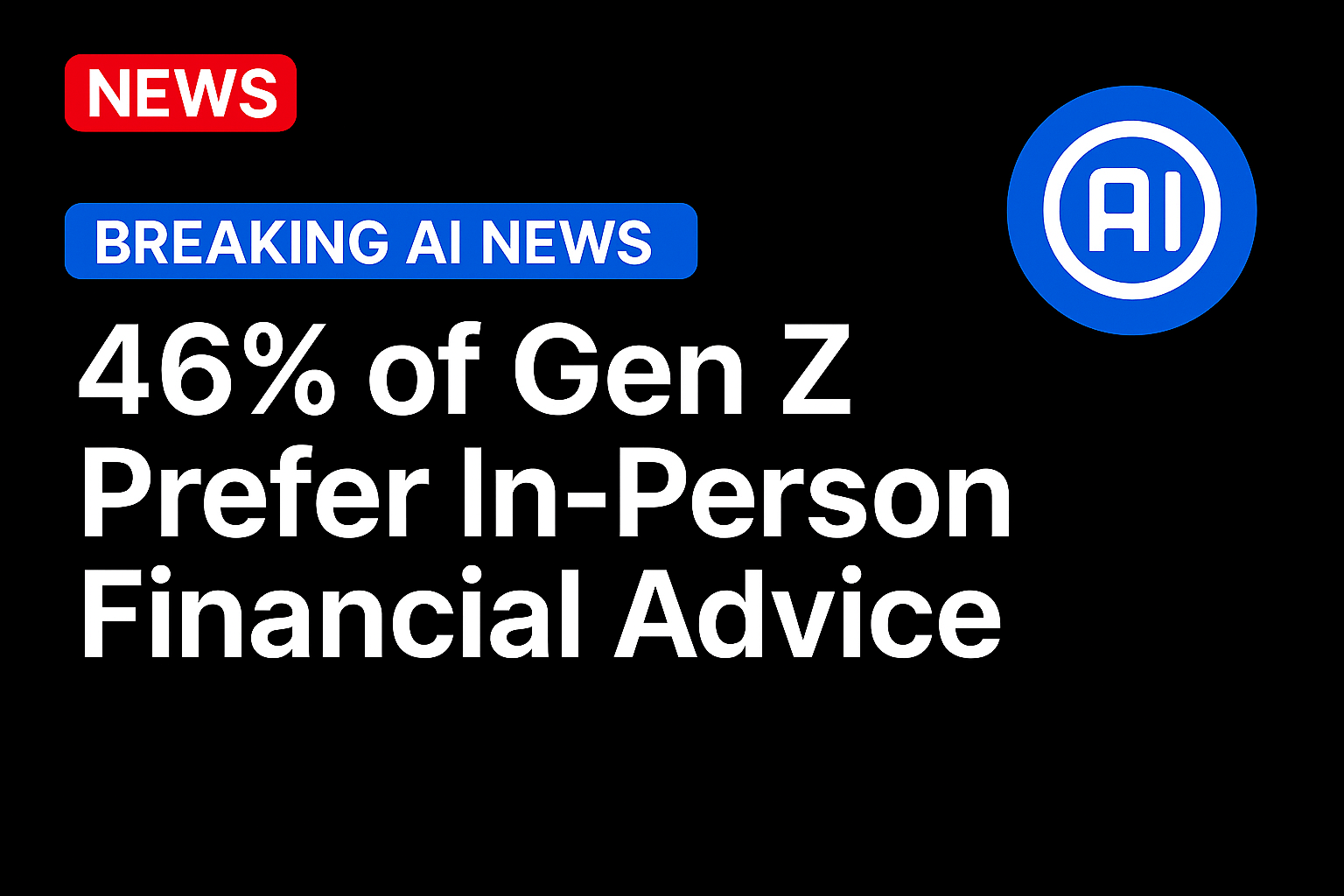
Credit unions are discovering that the youngest generation in their membership base is not simply digital-first. They are digital-fluid, moving between screens and branches with ease, and they expect financial partners to keep up.
That shift is producing a new set of pressures for an industry that has historically relied on long-term loyalty.
The PYMNTS Intelligence report, “Digital-First Retention Playbook: Winning Gen Z Loyalty at Credit Unions,” produced in collaboration with Velera, shows that Gen Z brings different expectations to their banking relationships.
They value personalization, immediacy and authenticity as strongly as they value convenience. They also view financial stability through a different lens. Many feel they are navigating a tougher economic landscape than earlier generations, which shapes how they evaluate institutions that want to serve them.
The report makes clear that digital fluency alone is not enough. Gen Z members want guidance that feels relevant and real. They want tools that help them manage unpredictable financial lives. They also want institutions to understand who they are and how they make decisions across platforms that range from mobile apps to TikTok.
Their use of artificial intelligence (AI) for financial planning illustrates this shift. It is not just technology adoption. It is an early sign of how consumers may make choices in the next decade.
Key Data Points
- Gen Z is more than twice as likely as other consumers to consider switching credit unions. According to the report, 36% of Gen Z members are thinking about leaving their credit union compared with 14% across all age groups.
- Nearly three-quarters of Gen Z feel they face financial challenges other generations do not. The report notes that 72% say they feel less in control of their financial lives. This drives their demand for digital tools that help them manage daily decisions and unexpected expenses.
- AI is becoming a routine part of Gen Z planning. The report finds 62% of Gen Z members are open to using AI to explore “what-if” financial scenarios, ranging from macroeconomic shifts to personal income changes.
These metrics point to a larger change in expectations. Gen Z members turn to family, financial institutions and social media creators at nearly equal rates for financial advice. They often assemble a mix of traditional providers, digital partners and independent sources. In that mix, credit unions do have an advantage. The report notes that Gen Z ranks credit unions higher than non-Gen Z consumers do on understanding their needs and on being technologically advanced.
The report also highlights Gen Z’s comfort shifting between channels. Even as they prefer digital experiences for most transactions, 46% prefer in-person interactions when seeking advice.
This creates both opportunity and operational pressure. Credit unions must deliver consistent experiences across every touch point while also offering digital interfaces that match the speed and personalization standards set by consumer technology platforms.
Other findings reflect the scale of the challenge. Gen Z members expect their institutions to anticipate needs, automate insights and offer seamless access across devices. They respond strongly to authenticity and to communications that feel aligned with their values. They also evaluate institutions quickly. The report concluded that credit unions can retain Gen Z loyalty by emphasizing strengths like trust and community while investing in real-time tools, modern personalization and multi-platform engagement.
Credit unions have built reputations on service and community ties. To keep Gen Z, they will need to build on those strengths with digital experiences that feel intuitive and personalized from the first interaction. The institutions that succeed will be those that meet young consumers where they already are and give them reasons to stay.
Source: https://www.pymnts.com/




